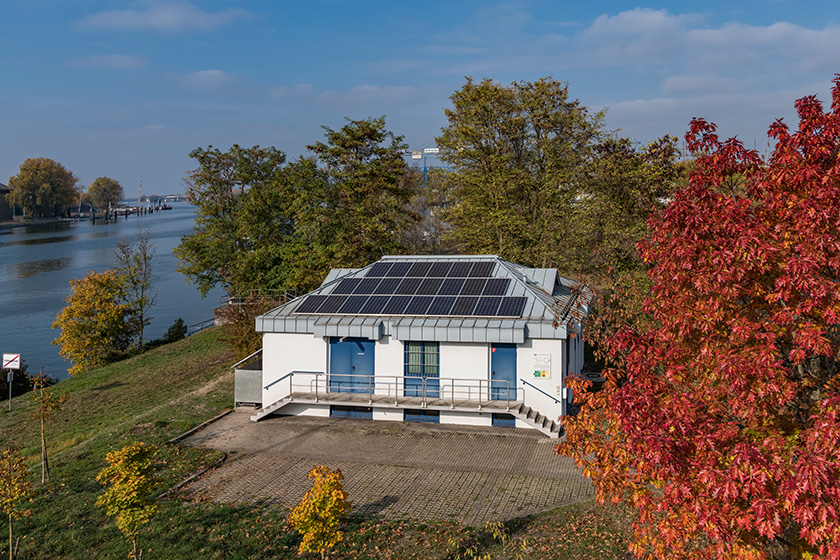Department Environmental Chemistry
RÜS Data 2.0 - Extended data analysis of LC-HRMS time series

The Rhine is one of the major rivers in Europe. About 58 million people live along the Rhine, and many of them depend on it for drinking water supply and wastewater disposal. However, the industrial activity on the riverbank is one of the highest in the world, which requires close monitoring to detect and identify problematic substances. To that aim, the countries benefiting from the Rhine operate a network of measuring stations coordinated by the International Commission for the Protection of the River Rhine (ICPR). The first such station – RÜS (Rheinüberwachungsstation Weil am Rhein) was built in 1993 and is managed by the Environment and Energy Office of Basel-Stadt.
The laboratory performs high-resolution mass spectrometry (LC-HRMS) measurements of over 350 micropollutants and screening of thousands of unknown compounds on a daily basis since 2013. This enables the tracking of water-relevant changes in the Rhine catchment over time. However, the collected measurement data have never been analyzed comprehensively due to the time-consuming data analysis and the immense data volume. Thus, an in-depth assessment of the loads and peak concentrations resulting from the overall view of all detected compounds in the Rhine is necessary.
The RÜS Data 2.0 project aims at evaluating the extensive long-term time series dataset of the Rhine monitoring station with focus on the following aspects:
Compilation of a substance inventory: preprocessing the data and classification of time profiles of known and unknown substances based on their time courses in the Rhine;
Source allocation: assignation of time profile classes to possible sources and input pathways (household, industry, agriculture) using known substances with elucidated sources and model-based hypotheses;
Evaluation of reporting thresholds: comparison of the intense substances with discontinuous and continuous time profiles to reflect critically on the potential loads with regard to the existing reporting contamination thresholds.
This complete and systematic assessment of the data will make it possible to evaluate the need for further identification efforts and for a revision of the current list of target compounds of the monitoring station. Moreover, a possible source allocation of the substances will provide indication of sectors where action is needed in order to reduce pollution. Continuous discharges are of particular interest, as they can generate considerable annual loads, even if they remain below the applicable regional reporting thresholds.
Projekt duration
2022 - 2024
Project status
ongoing
